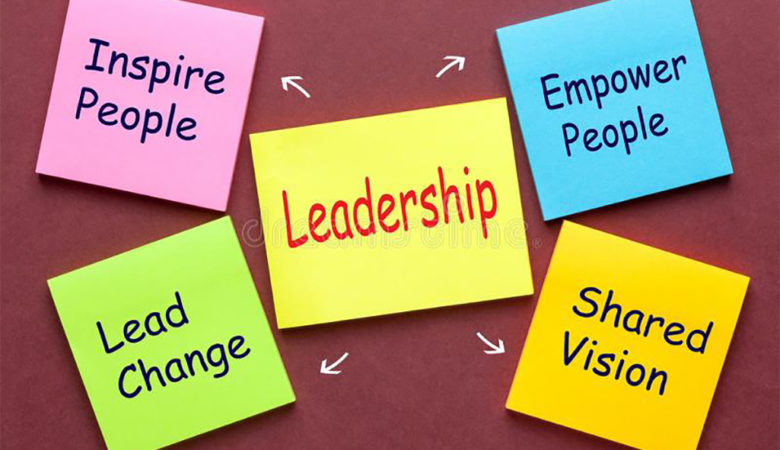As a leader, one quality which matters the most and distinguishes you from the rest is having a sound decision making skill. The organization would be in the long run greatly impacted positively or negatively every day by the decisions leaders make. All the decisions you have made in the past whether good or bad would have led you to the current situation of your organization.
Making a decision might seem easy to some, but in the position of leadership, it can be rather difficult especially when there are several choices to be made because you need to select only one from among them while ensuring that it serves all the purposes it was meant to.
There are certain factors that go into making viable business divisions, the question now is how can leaders tell the difference between a good decision and a bad decision? More often than not you wouldn’t tell a good decision from a bad one until it has been made and whether determined from the outcome alone.
Being able to make foolproof decisions every time is rare. However, there are techniques leaders can adopt to make their decision-making process perfect. Below are four components of an effective decision
Making a process that would allow you to stay ahead of your competition:
1. Recognize and Identify the Problem—Then Simplify It: There has to be a problem for decisions to be made. This is why “making decisions” and “problem-solving” often go hand in hand. More often than not, people tend to spring and start searching for the solution to a potential problem before even first understanding what the problem really is. Leaders need to first understand and identify what the problem is before trying to make a decision. To identify the problem, there are certain questions that need to be asked: What is the underlying issue at hand? What needs to be fixed or changed? Where did the problem originate? What implications does it have? As a leader your job is not to over-complicate issues, it is imperative to first identify these problems and then simplify them to the most basic form. This allows you an avenue to solving the problem in turn making the best decision for your Organisation.
2. Embrace the Pre-Mortem: “pre-mortem” is a strategy where a team imagines the failure of a project and then analyzing the problems that could have lead to failure. An effective leader must learn how to spend ample time analyzing and considering the possible negative outcomes before coming to a conclusion on the actions to pursue. In some organizations today, leaders wait for the effects of their decisions before conducting a post-mortem. This, however, shouldn’t be so, an effective leader would first run a post-mortem to find out what could be the possible cause of failure and success, by doing this, the leader is reaffirmed and would keep the organization open to adopting new ideas. Learn to expand your vision and stop dwelling solely on the success and neglecting to ask what could go wrong
3. Welcome the Change: In today’s world change is inevitable and this also applies to organizations. The world of business is ever-changing, an organization with no strategy for change would simply become stagnant and regress. This is also applicable to decision-makers and leaders in organizations or teams. As a leader, it is imperative to detect the need to change course when necessary. Becoming stuck in a particular approach and refusing change even when all indicators are pointing to a different direction, more often than not leads to a bad direction. Successful teams realize that the best path forward almost always requires a detour.
4. Think Differently: Always learn to think outside the box. To achieve success, sometimes you must learn to disrupt the natural order of things. A leader who ensures that the decision-making process is open to thinking outside the box achieves more success than leaders who approach things in the same manner time after time. Effective leaders, consider one problem from multiple angles to ascertain all basics have been covered.
The decision-making process requires a lot of strategies. There is no handbook that comes with it and leadership on its own part varies for several
Individuals. However, these four strategies listed above can be integrated when considering the pros and cons of decision making.






Leave a Reply